What You Can Never Do After Hip Replacement
Hip replacement surgery is very common these days and has a high success rate. However, if you’ve had an operation, you need to think carefully about adjusting your lifestyle and physical movement expectations. After this surgery, there are certain things you should never do. Don’t think that after surgery you should not engage in any physical activity. As long as you follow your therapist’s advice on movement restrictions while exercising, you should be fine. So, talk to your physical therapist to see what they advise in your specific circumstances.
Please note that specific recommendations may vary depending on the individual case, the type of hip replacement, and the surgeon’s preferences. Here are some general considerations:
Hip Replacement – Things to Never Do
It’s crucial to follow the post-operative instructions and attend any recommended rehabilitation or physical therapy sessions. Ignoring medical advice can impact the success of the surgery and the long-term outcome. Below are the things you should never do:
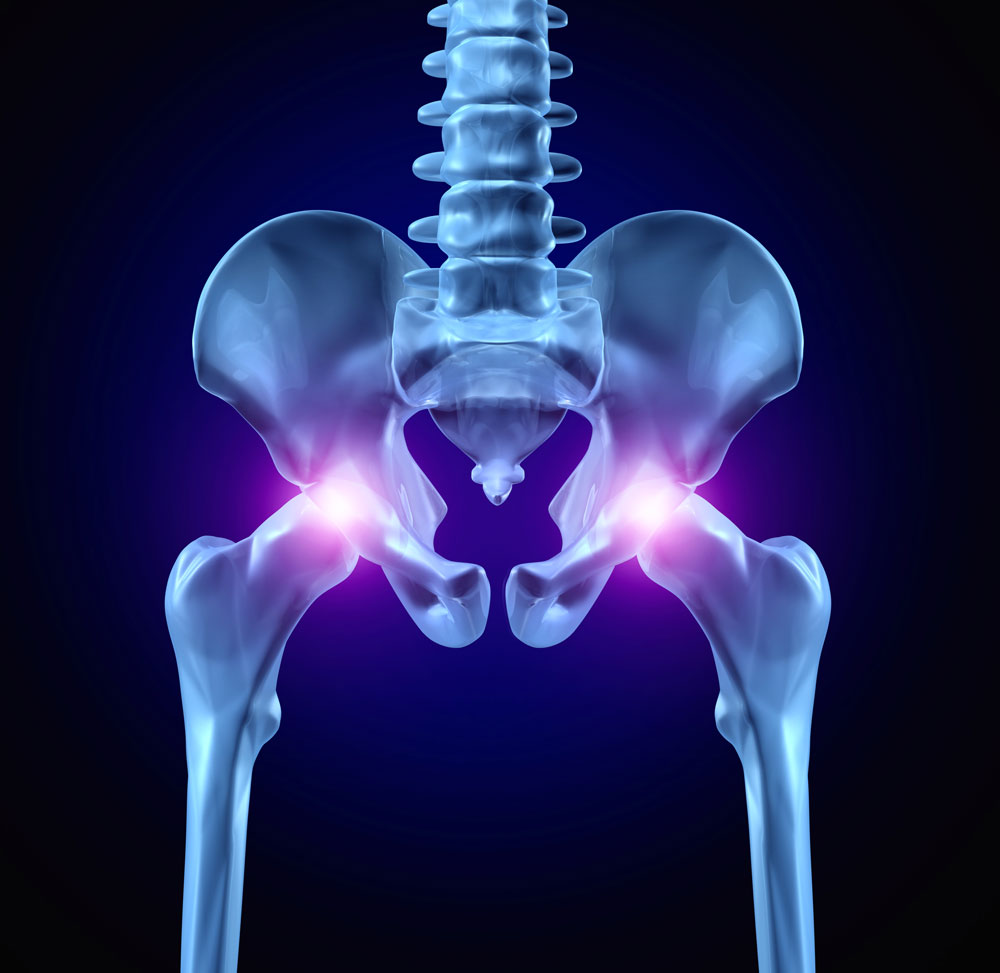
Ignoring weight maintenance
Maintaining a healthy body weight is important to reduce the strain on the hip joint and ensure the longevity of the replacement.
Prolonged sitting or standing
Prolonged periods of sitting or standing in the same position should be approached with caution. It’s important to change positions regularly to avoid stiffness and discomfort.
Twisting or pivoting
Sudden and forceful twisting or pivoting on the replaced hip should be avoided as it can increase the risk of dislocation.
High-impact activities
Activities that involve high impact, such as running, jumping, or participating in high-impact sports, are often discouraged. These activities can place excessive stress on the hip joint and may increase the risk of implant dislocation or wear.
Never break movement restrictions after hip replacement
After surgery, a major concern is the risk of dislocation affecting the replacement implant. The replaced hip is less stable than a normal hip joint.
Positions to avoid include:
Sitting on low seats, including a toilet seat. Use cushions or other devices to raise the seat. Always make sure that that your knees are lower than your hip.
Bending forward more than 90 degrees will put strain on the hip replacement. Generally speaking, if your knee is below your hip joint, you are in a safe position.
Also, avoid bending over or trying to pick up something on the floor after your hip replacement.
Crossing your legs while sitting or putting on socks and shoes. Your therapist will show you how to safely get dressed, sit down, walk, and perform other routine activities. Get advice on the best sleeping position to avoid crossing your legs.
Never forget about permanent care
Your recovery rate will depend on the type of operation you had, as well as your physical health before surgery. Keep an eye on your weight because excess weight increases the stresses on the hip replacement and can cause loosening.
Long-term and permanent care is designed to slow down wear and tear on the socket or loosening of implants.
If you have persistent pain, see a doctor as this could indicate infection or loosening. Look out for infections anywhere in your body as they can travel via your bloodstream to the hip replacement.
Physical and occupational therapies after a hip replacement
Surgery is only half the battle in the fight for pain-free mobility—the other half is physical therapy. A physical therapist will work with you to advise on movements you should never do, and to help you to get back to walking.
Physical therapy after this surgery is crucial for both mental and physical health. But be aware that but it must be done very safely. Physical therapy has huge benefits as it strengthens muscles and joints, is good for your blood circulation, and prevents pressure sores.
Occupational therapy will teach you how to modify your movements to stay safe after this surgery. You will learn how to dress, bath and practice other household tasks to avoid complications.
Fairview Rehab & Nursing Home in Queens, NY, offers both in- and outpatient physical therapy and occupational therapy for patients who underwent hip replacement. Our skilled and friendly staff have lots of experience in rehabilitation therapy after hip replacement and other joint replacement surgery.
Resources:
https://orthoinfo.aaos.org/en/recovery/activities-after-hip-replacement/#:~:text=The%20Don’ts,floor%20while%20you%20are%20sitting
https://www.ncbi.nlm.nih.gov/books/NBK537031/
https://www.premierortho.org/how-to-make-your-hip-replacement-last-longer/
This article contains informational and educational materials and does not replace health or medical advice. For questions or concerns regarding your medical condition or health objectives, speak to a qualified physician or healthcare provider.
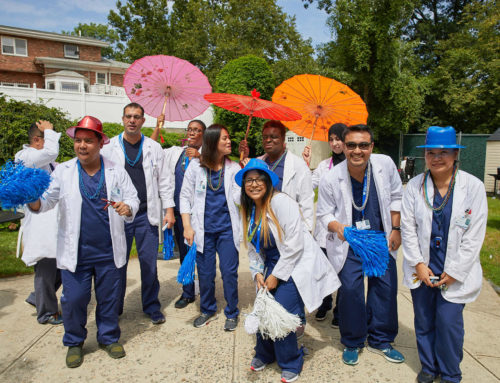

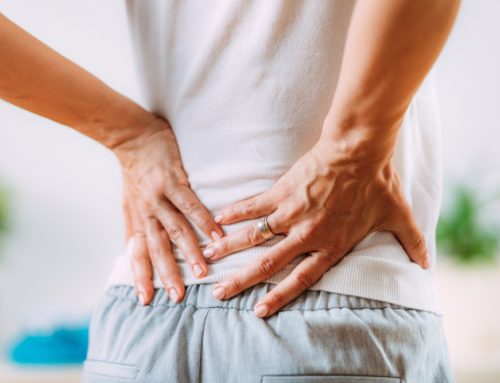
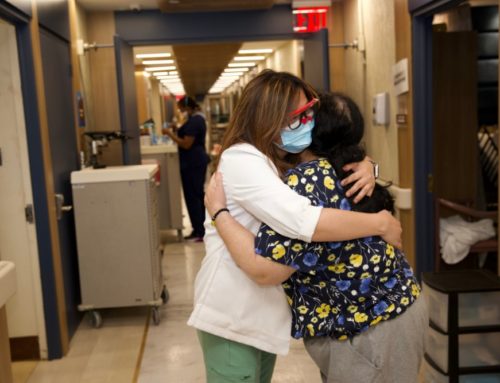
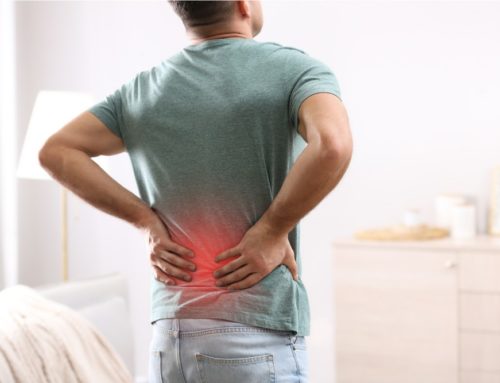
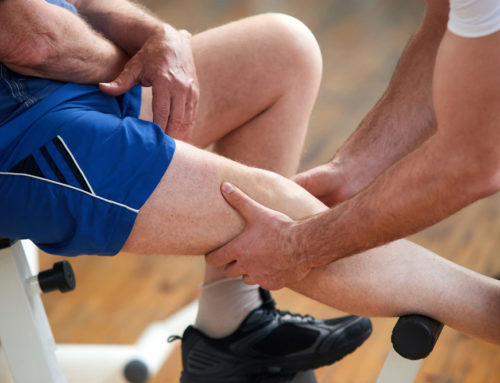
Dear Kind Person:
Please Help!!!After a hip operation, how do I get food out of the bottom part of my refrigerator? Do I squat? How do I get items from items under the sink? I have good insurance. I live alone. Should I go to rehab? Thank you.
I’ve two complete hip replacements ..
bend your knees .. not your waist when picking something off the floor
Do not cross your legs when sitting
If you turn your shoulders .. be sure to turn your hips at the same time in the same direction
Take your time putting on socks or have someone do it for you
When sitting try to keep your knees lower than your hips ..
I went thru the same thing. prior to surgery , make sure all the stuff is off the bottom shelf. move it up. do NOT bend over!
I had a partial hip replacement many years ago. I purchased small white plastic containers with handles and put my jars, etc., in them. When needing something, just pulled the handle to bring the basket closer to me so I could remove what I wanted. Try not to put heavy things on the bottom shelves.
A year after THR I would like to swim breast stroke. Is this advisable? Also, is it ok for me to go across the centre line with my bad leg during exercise classes? Thank you
Anterior approach is the way to go. Less evasive and less post op. restrictions.
That is no longer accurate
You never answered the question at all. The question was what can you NEVER do after hip replacement, not what can’t you do during recovery.
I agree I can’t find the answer even when I google it they always talk about the dirt few months
I can tell you what I was told when I had my partial hip replacement many, many years ago. Surgeon said never cross my legs at the ankles or try to ski. Had no problem with that one. Never was on ski’s and had no thoughts of ever doing that, but I did have a glider and had to give it away before I tried to use it again. I was constantly crossing my legs at the ankles and had to remind myself not to do it. I have learned not bend often as I used to pick up specks of whatever on the floor before. I still do, but I use a good grabber to do the picking up now. I still can’t bend low enough to cut my toenails or tie shoes or sneaker laces. I have sneakers with zippers and find them easier to close. Others that need to be tied are a hardship for me. I put my foot on the foot stool to make it easier. I cannot bend down from a seated position and my body reminds me when I forget and do. The toilet seat that is too low is a real problem for those with hip replacements. I purchased one that is three inches higher than the norm and it works great. No pain when using it. I’m 83 and have remained as active as possible without hurting myself. I do my own wash and it’s two flights down. That’s four full flights of stairs for one wash. I usually do at least two on the day I decide I need or want to do it. One staircase has two hand rails and I use them both. The other one and I am very careful and make sure I put good side (foot) up first. I find it easier. Two banisters, it doesn’t matter. Okay carrying the bag down, but bump it up on steps when coming up. Hope this helps you. Age is a large factor in what you want to do and what you can’t do. I’m a senior and don’t have anyone depending on me to do for them.
Bah! I had it done 2 years ago and I bend and cross and go to my knees. I’ve fallen often because of neuropathic numb feet, but never had a problem. I just get up.
I was 79 when I had the surgery. No pain ever. Even after they took away the post-op opioids.
i had a hip replaced in 9 months ago . i have sat a few times in a soft chair with my knees up watching T V :) could that have dislocated my hip ?
I have had both hips replaced and one knee. I would like to exercise at a gym. Are there any restrictions in using any particular exercise machine?
I have both hips replaced and been going to gym for twelve months have built up to doing squats an lunges can get up an down off floor with no assistant put sock and shoes on but have
Had problems with groin strains can’t find out if I am pushing it to far
I am 7 weeks post hip replacement and I am stil;l having trouble with the fexibilityt of lifting that leg tro put socks and shoes on.
Is this normal ands will I still regain that ability?
Hi Danny, I hope you have been or will give thought to going to rehab. I went almost a year after my partial hip replacement (thick headed and stubborn thinking I could do on my own) and found it to be very helpful in not only exercise by allowing me to not be afraid to do some things. Stair climbing is important and needs to be worked on if you haven’t gone already. I went from one station to another. Laying down exercise for the legs. Lifting in the air and back down to gain movement and strength in leg muscles and then time spent riding a stationary bike. The stair climbing exercise was two or three steps, but the amount of time using the legs for up and down was important. Went to a full staircase at the rehab and the instructor said I was doing great. Of course, I was. I live on the second floor and climb a full flight of stairs just to get the mail every day, Lol. Much more when going in and out to stores, etc. As for putting on socks and shoes? Many years later, still have a problem. I wear sneakers with zippers (easier to open and close). When having to tie laces on others, it’s a chore. Have to put foot on a foot stool and not easy like it used to be. I was given a thing to put the socks on with but gave it away. I live in flip flops and don’t wear socks that often. My friend would get more use from it than I would have.. My partical hip replacement was 11 years ago. I wonder how long it lasts?
Dear Jackie,, I feel for you ! My hip replacement was 9 months ago and I still can’t put socks and shoes on or even slip into shoes although I continue to do the exercises etc. I now get split heels from wearing thongs .I will try to be more patient now. Thank you
After six weeks I took my first walk on my own with my dog.. and had to pick up his poo.. by of course bending over is this safe..
Will hip replacement surgery always be a worry or will it strengthen with time to do other things..
So how long do you have to avoid bending over to pick things up? I also have a dog, so I’m picking things up for him a lot. Are you never able to sit crossing your legs, or is that just while you are recovering for the first six months or so?
Hi all, Ive just had a THR 3 weeks ago and now not using crutches, still a little painful in the joint but just finished moving 1/2 cubic of mulch with no twisting. I swam 2 days ago very gently and NO breaststroke. I feel stronger every day. Just looking to see when it is safe to kneel. PS The THR was on my right side, and Im an amputee on the left side of 44 years this year. All Good……
What type of activities (including sexual encounters) might dislocate the artificial hip? How likely is that to happen? Should the hip get dislocated, what happens next? How do I get help and how should I behave until the help arrives? Am I going to be in excruciating pain? What are the disadvantages (if any?) and possible consequences/limitations of having a total hip replacement?
Did you get a response to your question?
I got a sharp pain while hanging clothes in the wardrobe and pushing a hanger to the right. Should I be worried? I had a full hip replacement four weeks ago.
Why can’t I sleep?? I can’t seem to get comfortable…restless legs…
I’ve been annoyed with restless legs for years I started using a CBD/CBS CREAM NIGHTLY And haven’t had anymore problems.. I use Lazarus CBD:Cbg tincture and restless legs are gone!
After a hip replacement, it’s crucial to avoid certain activities to ensure a successful recovery and long-term function. High-impact sports like running or basketball should be avoided to prevent damage. Additionally, refrain from bending your hip past 90 degrees, crossing your legs, and twisting your hip. Always consult your doctor for personalized advice and follow their recommendations to protect your new hip.